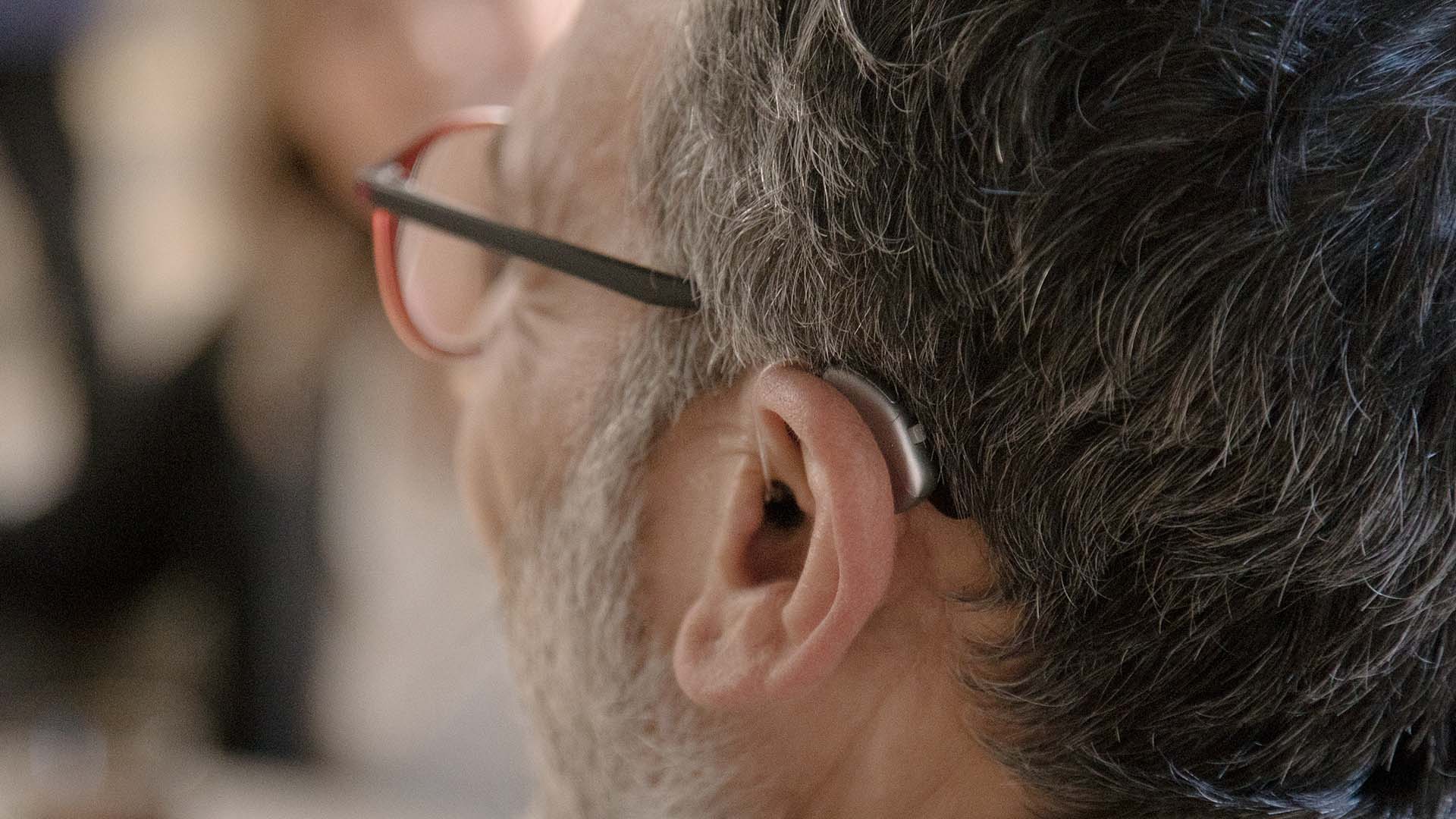
Hearing aid fitting: Study shows importance of good ear-tip fit
Created Updated
Research
Our recent study shows that the same ear-tip can have substantially different acoustic properties in different ears. This variation is smaller for the more open ear-tips and larger for the more closed ones.
These results show that it is crucial for hearing care professionals to conduct a feedback test based on which TruAcoustics tailors the gain to the individual hearing aid user.
The importance of ear-tips
Professional hearing aid fitting is crucial to providing patients with the best possible outcome. That’s why Widex has always emphasised hearing aid fitting strongly, with innovations such as the Sensogram and TruAcoustics™ allowing us to optimise the fitting for each user.
Now, Widex is taking another step towards optimised individual fittings for all with three new instant ear-tips:
- Round Open
- Sleeve Vented
- Sleeve Power
Along with the familiar Open and Round 1-vent, these ear-tips are recommended in Compass GPS 4.4, helping hearing care professionals provide patients with the best possible fit.
Common ear-tip issues
The fit of a given ear-tip in a user’s ear is affected by two things: transparency and leakage.
Transparency refers to how much the ear-tip’s presence in the ear canal affects the sound coming into the ear. The less the ear-tip affects the sound, the more transparent the fitting.
Transparency is measured using Real-Ear Occluded Insertion Gain (REOIG), which is the difference between real-ear unaided response (REUR) and real-ear occluded response (REOR) – the response when the ear-tip is in the ear, but the hearing aid is turned off.
Leakage describes how low-frequency amplified sound leaks from the ear through the vent and around the ear-tip.
Leakage is measured using the vent effect (VE), which is the difference in real-ear response to a streamed signal between a setup with the ear-tip in the ear (normal fitting) and a setup with the ear-tip in the ear while the ear is occluded with impression material (occluded).
Study results – obtaining the best fit
Our recent study, which includes lab measurements and real-life research, shows that the same ear-tip can have very different acoustic properties in different ears. There is a smaller variation for more open ear-tips and a larger variation for the more closed ones.
Twenty-four participants with diverse ear canal sizes were selected to study the fit of our three new ear-tips. Overall, the study showed that the new Sleeve Power can be used for heavier hearing losses than was possible with the previous portfolio. Researchers found that the Sleeve Power tip is also considerably more closed than the other recommended ear-tips in the previous portfolio, including the Double-dome ear-tip, often chosen by professionals for a close fit.
The same pattern is observed for transparency. The open ear-tip was shown to be completely transparent, but the remaining ear-tips were shown to allow less direct sound to enter the ear. The Sleeve Power is the most closed option regarding transparency, too.
What it means for hearing care professionals
Given the large variation between different ears, our study results show that hearing care professionals should always do a feedback test to allow TruAcoustics to tailor gain to the individual hearing aid user.
The individualised ear-tip recommendations in Compass™ GPS have been updated based on the results of this study, so professionals can provide the best fit for their patients.
